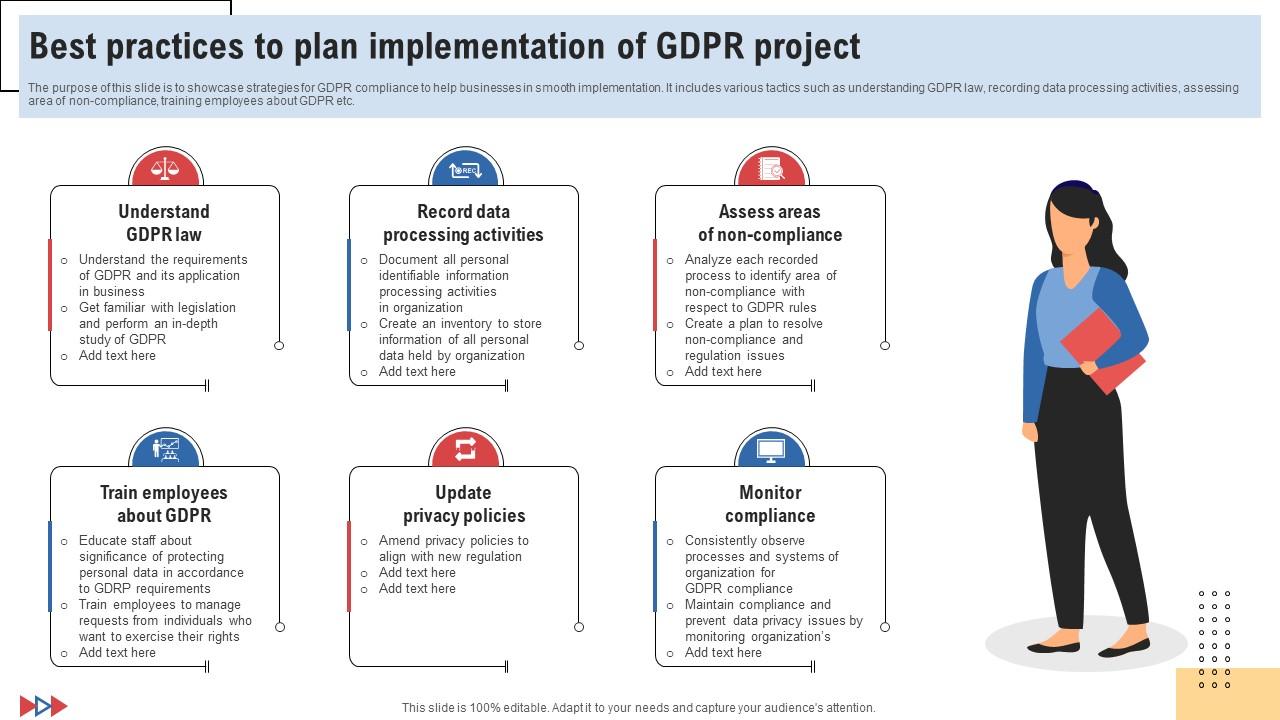
Navigating Mediation: Essential Guidance for Resolution

Facilitating Resolution: Introduction
Mediation is a powerful tool for resolving disputes amicably, providing a structured and collaborative process. This article explores essential guidance for navigating mediation successfully, ensuring that participants can reach satisfactory resolutions through effective communication and cooperation.
Understanding Mediation: The Basics
Mediation is a voluntary and confidential process where a neutral third party, the mediator, facilitates communication between parties to help them reach a mutually acceptable agreement. Understanding the basics of mediation, including its voluntary nature and the role of the mediator, is fundamental for those considering this alternative dispute resolution method.
Preparing for Mediation: Key Considerations
Preparation is key to successful mediation. Before entering the process, participants should clarify their goals, gather relevant information, and be open to compromise. A well-prepared approach ensures that the mediation session is productive and moves towards a resolution that meets the needs and interests of all parties involved.
Effective Communication: The Heart of Mediation
Central to successful mediation is effective communication. Parties must express their concerns, listen actively to others, and work towards finding common ground. The mediator guides this communication, fostering a constructive environment where participants can collaborate to explore potential solutions.
The Role of the Mediator: Neutrality and Guidance
A skilled mediator maintains neutrality throughout the process, acting as a facilitator rather than an advocate for any party. Their role is to guide the conversation, ensure a balanced exchange of information, and assist in generating options for resolution. Understanding the mediator’s role is crucial for participants to fully engage in the mediation process.
Building Consensus: Finding Common Ground
Mediation aims to achieve consensus and a mutually agreeable resolution. Participants are encouraged to explore shared interests and common ground, fostering an atmosphere of cooperation. Through facilitated discussions, parties can discover creative solutions that address their underlying concerns and lead to a lasting agreement.
Overcoming Challenges: Navigating Impasses
Challenges may arise during mediation, requiring a strategic approach to overcome impasses. The mediator employs various techniques to help parties move past obstacles, such as reframing issues, encouraging brainstorming, or suggesting breaks for reflection. Navigating challenges collaboratively is an integral part of the mediation process.
Drafting Agreements: Putting Resolutions in Writing
Once an agreement is reached, the next step is drafting a formal document that outlines the terms and conditions. The mediator assists in clarifying the language and ensuring that the agreement accurately reflects the parties’ intentions. A well-drafted agreement provides a clear roadmap for implementation and future collaboration.
Post-Mediation Considerations: Implementing Agreements
Successful mediation doesn’t end with an agreement; it extends to its implementation. Participants should be prepared to fulfill their commitments outlined in the agreement. Mediators often provide guidance on post-mediation steps and may offer follow-up sessions to address any concerns that may arise during the implementation phase.
Mediation Guidance: Seek Professional Support
For those considering mediation, seeking professional guidance can significantly enhance the process. High Point Family Law offers expert mediation services, guiding participants through the intricacies of dispute resolution. Visit Mediation Guidance for more information on how skilled mediators can help navigate challenging situations and foster collaborative solutions.
In conclusion, mediation provides a constructive platform for resolving disputes through communication, collaboration, and compromise. Understanding the fundamentals, preparing adequately, and seeking professional guidance contribute to a successful mediation process, leading to agreements that address the interests of all parties involved.







